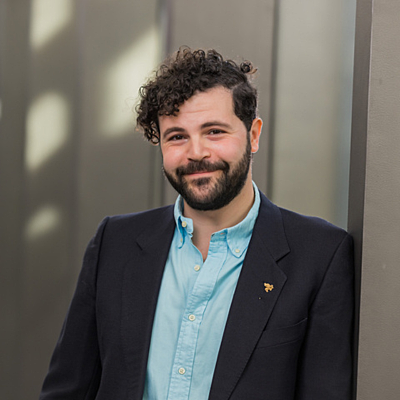Research Project

Steve Kassem
Current Appointments
Senior Research FellowKey Research Areas
Dr Steve Kassem completed his BSc at the University of Sydney in Neuroscience and Psychology. He then went on to complete his honours year at the Brain and Mind Research Institute, looking into the morphological changes of chronic stress on neurons, glia and gray matter. At the Brain and Mind he published work revealing the composition of gray matter represented by its cellular components, and how changes to these components resulted in concomitant changes in gray matter volume. Subsequently, he went on to complete his PhD, in a dual supervision, at the University of Sydney and the University of NSW, looking into the effects chronic stress and its morphological changes had on learning behaviours and their neural circuits. In addition, he modernised the Golgi Stain, a histological method over a century old and recognised as the gold standard to visualising the neuron. It fell out of common use for not being compatible with modern techniques, however, it is now called the Ultra-Rapid Golgi or URG stain. His work revealed that the stain had in fact always been fluorescent; only if Cajal knew! The stain is now compatible with all modern techniques and works in a fraction of the time. For his PhD, he won the Peter Bancroft Award for research excellence and a thesis which did not require amendment. Dr Kassem was appointed a postdoctoral fellowship to work with Scientia Professor George Paxinos AO, bringing his novel histological and MRI skills to Prof Paxinos’ work on visualising and defining the brain. He has recently completed two books, “Atlas of the Developing Mouse Brain” and “Chemoarchitectonic Atlas of the Rat Brain”, works completed with Prof Paxinos. He is currently working to make the highest resolution map of the human brain. Prof Paxinos and Dr Kassem were recently awarded an NHMRC Ideas grant to support their work on in mapping the brain. An avid supporter of science communication he is involved with the Sydney Science Festival.
Publications
2023, 01 Nov
HumanBrainAtlas: an in vivo MRI dataset for detailed segmentations
View full journal-article on https://app.dimensions.ai/details/publication/pub.1158631810
2022, 31 Oct
The anatomy of obsessive-compulsive disorder
View full preprint on https://doi.org/10.1101/2022.10.06.22280808
2022, 18 Oct
HumanBrainAtlas: an in vivo MRI dataset for detailed segmentations
View full preprint on https://doi.org/10.1101/2022.10.16.511844
2022, 15 Feb
A novel estimation method for the counting of dendritic spines
View full journal-article on https://app.dimensions.ai/details/publication/pub.1144037454
2021, 01 May
OCD: A META-REVIEW OF PATHOPHYSIOLOGY
2020, 11 Jul
Brain amyloid in virally suppressed HIV-associated neurocognitive disorder
View full journal-article on https://app.dimensions.ai/details/publication/pub.1127506634
2020
Atlas of the Developing Mouse Brain
2020
Chemoarchitectonic Atlas of the Rat Brain
2019 Aug
Microglial cell hyper-ramification and neuronal dendritic spine loss in the hippocampus and medial prefrontal cortex in a mouse model of PTSD
View full journal-article on http://dx.doi.org/10.1016/j.bbi.2019.05.042
2019, 07 Mar
Neuregulin 1 Deficiency Modulates Adolescent Stress-Induced Dendritic Spine Loss in a Brain Region-Specific Manner and Increases Complement 4 Expression in the Hippocampus
View full journal-article on https://app.dimensions.ai/details/publication/pub.1101087603
